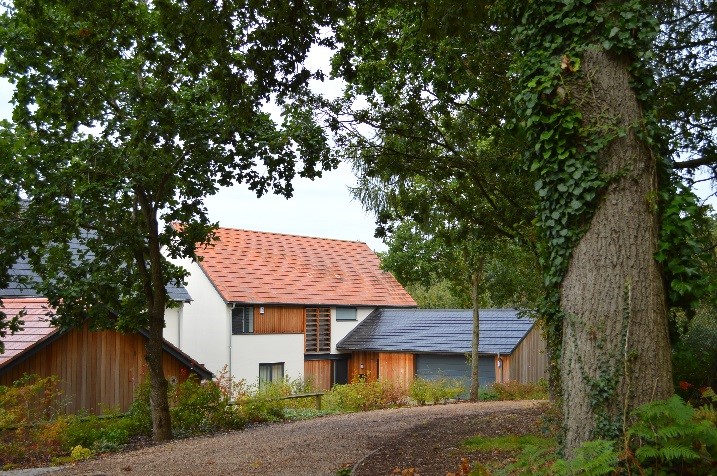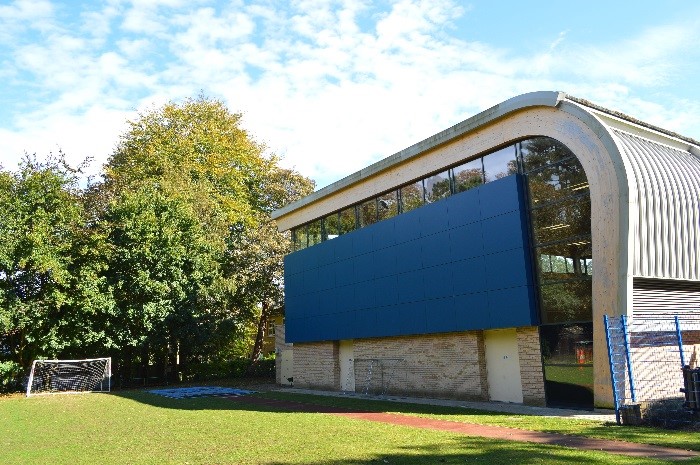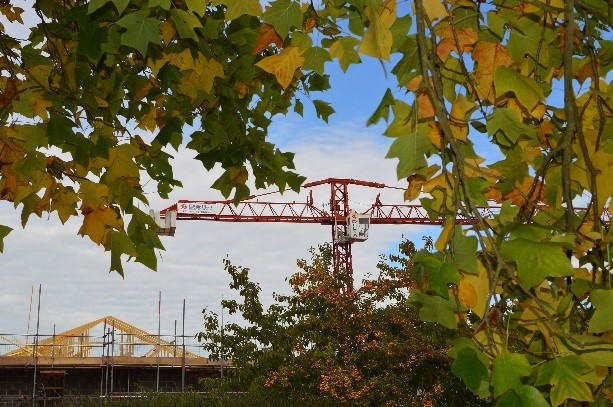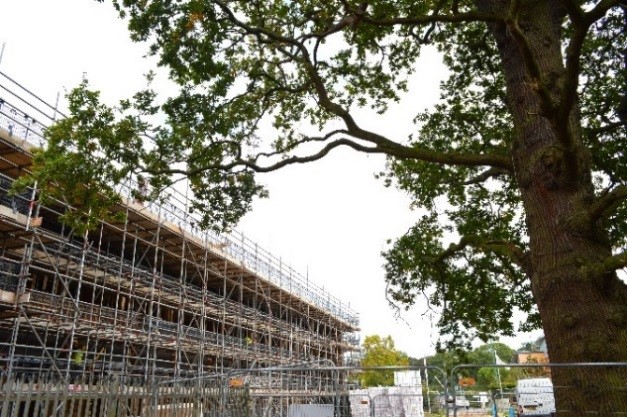Trees and Development
There is a large body of academic research to indicate that retaining trees within a development enhances the sale value of the new properties and improves the quality of life for the new residents. This does not mean that all trees should be automatically preserved and the key is selecting the best trees for retention that are in harmony with the new development. The British Standard 5837:2012 “Trees in relation to demolition, design and construction – recommendations” sets out a process to ensure that retained trees are protected. Dealing with trees and development is not simply a ‘box ticking exercise’ for planning purposes but requires arboricultural inputs throughout the construction process.
We have considerable expertise in this field with a dedicated team fully qualified arboriculturists. We currently produce around 500 surveys per year and in the last ten years have completed an estimated 4000 surveys. We work throughout the UK with the majority of the projects in the Midlands, East Anglia and the South of England.


Preliminary Surveys
Understanding how existing tree cover is most likely to effect the design of a potential scheme can be a crucial step in achieving a successful planning application. Our standard approach is to prepare a Preliminary Arboricultural Impact Assessment of tree constraints by way of a Tree Constraints Plan, which is an intrinsic feature of the report. The preliminary report is carried out to advise the design team and should be completed at an early stage. Proper assessment of tree constraints at an early stage is the key to successfully incorporating trees into a development.
Arboricultural Impact Assessment
In accordance with ‘BS 5837:2012 – Trees in relation to design, demolition and construction. Recommendations’ an Arboricultural Impact Assessment is normally required by Local Planning Authorities as part of the planning application process where trees are affected by a proposed development scheme. Once the completed layout of a project has been prepared the constraints trees place upon that design can be evaluated and the impact that the construction process will have on existing trees. When evaluating potential conflicts between trees and developments (e.g. building within Root Protection Areas) recognised methods of tree protection are recommended to resolve development issues and demonstrates how trees can be protected during the development phase. A full AIA includes an Arboricultural Method Statement (AMS) and Tree Protection Plan (TPP)
Large Scale Developments
We have extensive experience in working within design teams to help successfully integrate trees into housing and other developments. Our training and expertise in woodland management and urban forestry is of particular relevance where sites are set in woodland or have woodland adjoining the site. We have helped obtain planning permission in very sensitive situations such as sites adjoining ancient woodlands and sites protected by Tree Preservation Orders and within Local Authority Conservation Areas.
Trees in Relation to Small Scale Developments
We exercise the same level of care and expertise on smaller developments often working with the clients and their architects to both gain planning permission and achieve successful integration of trees into the site design.
Site Supervision and Tree Management
During the course of the construction process it is very important to have onsite arboricultural supervision. Our experienced team are able to communicate effectively with architects, developers, contractors and liaise with the Local Planning Authority or Tree Officers to deal with and resolve any issues which may arise during the development process. Early involvement of an arboriculturist can often help rationalise tree protection for the site and save unnecessary work and expense. Getting the tree protection right from the outset can help avoid problems during the progress of construction works and ensure compliance with planning conditions.



